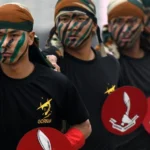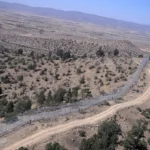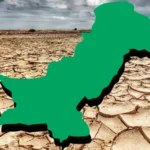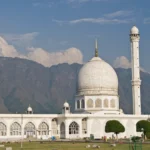Education in the pandemic era
In Pakistan, where more than 300,000 schools have been closed since March because of the coronavirus epidemic, some fortunate few who have access to private laptops and phones are coping with the change. However, that is a very small percentage of all Pakistani students willing and able to start learning via interactive platforms and applications. The basics of digital life-smartphones and the internet-remain out of control for millions of Pakistani students.
Although access to education in Pakistan was still a challenge – 22.8 million of Pakistan\’s more than 70 million children are out of school – the coronavirus epidemic has highlighted its deep systemic inequities. According to Umbreen Arif, a former education adviser to Pakistan\’s central government, over 50 million schools, and university-going Pakistanis now face falling behind.
Initiatives by the Government
According to the Pakistan Telecommunications Authority, home connectivity is costly outside Pakistan\’s major cities, mobile penetration stands at 51 percent this year and only one million school-age children have daily exposure to wireless apps and bandwidth. Around 40 million Pakistani youngsters, though, have exposure to television – which is why the government claims it kicked off its distance learning coronavirus policy with a new television channel named Teleschool.
The station, which was released on 13 April only two weeks after schools closed, airs on state-owned PTV Home, which has a subscription base of over 54 million citizens and broadcasts content for grades 1-12 free from four Pakistani ed-tech firms. A text message network was introduced in late May with 250,000 users so that parents and students could communicate with devoted instructors.
Future worries and financial struggles
Original support for Teleschool originated from a $5 m loan from the World Bank, advisor Arif notes, while the Global Partnership for Education, a multilateral financing mechanism focusing on emerging countries, received a $20 m award. Discussions are underway with the World Bank for $200 m of long-term funding to promote literacy of \”districts with inequities,\” says Arif.
Parents \’and educators\’ concerns only deepened as the coronavirus-forced hiatus increased from weeks to months. Schools were initially expected to reopen on July 15, but federal authorities have now indicated that if coronavirus numbers increase, they will reopen on September 15. Meanwhile, it is running out of online material. Educatio Teleschool has just enough material to transmit until mid-July. However, officials are hopeful that entrepreneurs from the “edtech” sector can fill in the gaps.
Edtech to pave the way?
Policy leaders agree edtech has not become a focus for computers and internet access due to poor regional figures. Yet, while mobile penetration wasn\’t perfect, Hassan bin Rizwan, the CEO of Muse SABAQ, an award-winning learning app for primary-grade classes, said it was rising fast. \”This year we introduced one million new connections per month,\” he notes. \”Smartphones are becoming bigger faster than any other device.”
Yet there are still specialists who caution that coronavirus is an invitation to the government to tackle current issues in the education system – bad teacher training, phantom schools, and weak learning standards – rather than aiming to technology as a \”magic bullet\”. A strategy for a longer period is needed. If we speak about a coronavirus-like scenario, we have to be cautious not to slip into that pit, to suggest that technology will fix all problems, given Pakistan\’s \”earth realities,\” the government could concentrate on a framework where the teacher\’s content and function remained essential to learning and could be strengthened.






